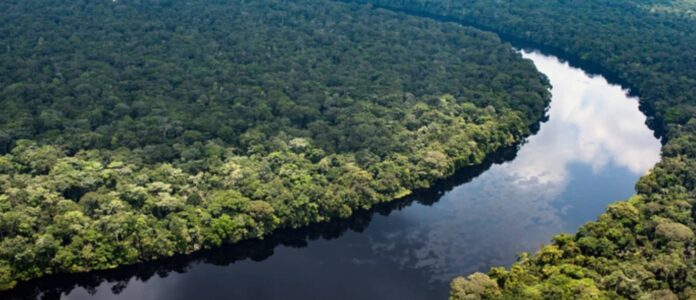SOURCE: News.Mongabay – A major new report released July 15th warns that wetlands, among the world’s most valuable yet most threatened ecosystems, are vanishing faster than any other natural system. However, it also offers a clear and hopeful road map for reversing the trend.
The “Global Wetland Outlook 2025,” published by the Secretariat of the Convention on Wetlands (better known as the Ramsar Convention), reveals that 22% of the world’s wetlands have been lost since 1970 and an additional one-fifth of the world’s remaining wetlands could be at risk by mid-century without urgent action.
Despite covering just 6% of Earth’s surface, wetlands deliver ecosystem services valued at more than 7.5% of global GDP — up to $39 trillion annually — including water purification, carbon storage, coastal protection, and support for food systems and livelihoods.
“Wetlands are fundamental to the water cycle, to our global response to climate change, and to the wellbeing of billions,” said Hugh Robertson, chair of the Ramsar Convention’s Scientific and Technical Review Panel.
The report highlights the urgent need to shift from damage control to forward-thinking investments. It lays out four transformative pathways: integrating wetlands into national planning; embedding them in climate and biodiversity finance; recognizing their central role in the global hydrological cycle; and mobilizing blended public-private finance to scale up protection and restoration.
Despite their ecological value, wetlands receive less than 9% of all climate finance earmarked for nature-based solutions. “Wetlands remain overlooked in budgets, underrepresented in plans, and underfunded in action,” Musonda Mumba, secretary-general of the Ramsar Convention, said in a press release.
Progress is possible
Despite the bleak trends, the report showcases examples of what’s possible. In Zambia’s Kafue Flats, an initial $300,000 restoration initiative has grown into a $1 million annual investment that sustains biodiversity and the ecosystem services that support roughly 1.3 million people. Meanwhile, the Regional Flyway Initiative, a $3 billion partnership across Asia, is restoring more than 140 wetlands critical to migratory birds and nearly 200 million people.
The report estimates that effective conservation and restoration of 5.5 million square kilometers (2.1 million square miles) of wetlands — an area half the size of Canada — is needed to meet global biodiversity and climate targets. That effort requires a massive increase in funding — far beyond current commitments, which remain at just 0.25% of global GDP.
The release of the report in Nairobi comes ahead of the Ramsar Convention’s COP15 summit, set for July 23-31 in Victoria Falls, Zimbabwe.


